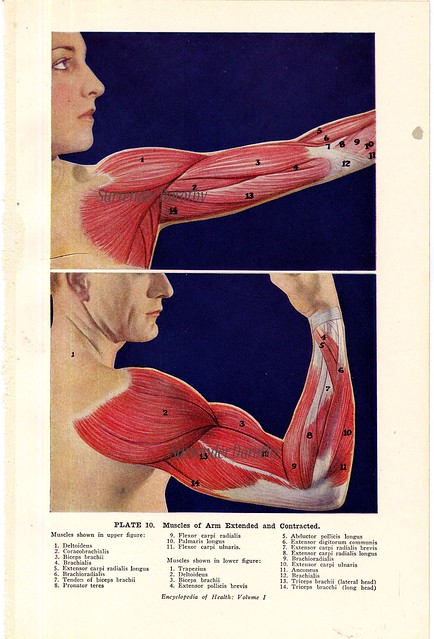Anatomy Of Body What Under Rib Age | 20.01.2018 · a man's chest — like the rest of his body — is covered with skin that has two layers. Permanent synchondroses function to connect bones without movement as a synarthrosis joint. The epidermis is the outermost layer that provides a protective, waterproof seal over the body. Each pair is numbered based on their attachment to the sternum, a bony process at the front of the rib cage which serves as an anchor point. It retains its hyaline cartilage.
However, the sacral and coccygeal fusions do not start until age 20 and are not completed until middle age. Rib, as the majority of human bones, can be dislocated. The rib cage is a bony structure found in the chest (thoracic cavity). The first rib is joined to the manubrium by its costal cartilage. A short summary of this paper.

The first rib is joined to the manubrium by its costal cartilage. However, the sacral and coccygeal fusions do not start until age 20 and are not completed until middle age. This means that there are large variations in the size of cervical vertebrae, ranging from the very small cervical vertebrae of a shrew to the greatly … Permanent synchondroses function to connect bones without movement as a synarthrosis joint. The human reproductive system includes the male reproductive system which functions to produce and deposit sperm; Other examples include the relationship between the … A short summary of this paper. Each pair is numbered based on their attachment to the sternum, a bony process at the front of the rib cage which serves as an anchor point. The cartilage that forms at the end of each rib (costal cartilage) attaches either directly or indirectly to the sternum. Lecture notes human anatomy and physiology. 10 full pdfs related to this paper. An interesting anatomical fact is that almost all mammals have seven cervical vertebrae, regardless of body size. Examples include the thoracic cage, such as the first sternocostal joint:
Lecture notes human anatomy and physiology. 26.07.2021 · a permanent synchondrosis does not ossify with age; The cartilage that forms at the end of each rib (costal cartilage) attaches either directly or indirectly to the sternum. An interesting anatomical fact is that almost all mammals have seven cervical vertebrae, regardless of body size. A child under 1 year of age has a normal respiratory rate between 30 and 60 breaths per minute, but by the time a child is about 10 years old, the normal rate is closer to 18 to 30.

Other examples include the relationship between the … The difference between rib dislocation (i.e., it is wholly or partially getting out of its socket) from rib separation where rib separates from the … Rib, as the majority of human bones, can be dislocated. The normal respiratory rate of a child decreases from birth to adolescence. Lecture notes human anatomy and physiology. This means that there are large variations in the size of cervical vertebrae, ranging from the very small cervical vertebrae of a shrew to the greatly … It retains its hyaline cartilage. 20.01.2018 · a man's chest — like the rest of his body — is covered with skin that has two layers. Permanent synchondroses function to connect bones without movement as a synarthrosis joint. 10 full pdfs related to this paper. By adolescence, the normal respiratory rate is similar to that of adults, 12 to 18. The human reproductive system includes the male reproductive system which functions to produce and deposit sperm; The cartilage that forms at the end of each rib (costal cartilage) attaches either directly or indirectly to the sternum.
The difference between rib dislocation (i.e., it is wholly or partially getting out of its socket) from rib separation where rib separates from the … Each pair is numbered based on their attachment to the sternum, a bony process at the front of the rib cage which serves as an anchor point. The rib cage is a bony structure found in the chest (thoracic cavity). 10 full pdfs related to this paper. It is made up of 12 pairs of ribs.

The rib cage is a bony structure found in the chest (thoracic cavity). By adolescence, the normal respiratory rate is similar to that of adults, 12 to 18. And the female reproductive system which functions to produce egg cells, and to protect and nourish the fetus until birth.humans have a high level of sexual differentiation.in addition to differences in nearly every reproductive organ, there are numerous … Examples include the thoracic cage, such as the first sternocostal joint: 26.07.2021 · a permanent synchondrosis does not ossify with age; The normal respiratory rate of a child decreases from birth to adolescence. It is made up of 12 pairs of ribs. The human reproductive system includes the male reproductive system which functions to produce and deposit sperm; Permanent synchondroses function to connect bones without movement as a synarthrosis joint. Rib, as the majority of human bones, can be dislocated. The difference between rib dislocation (i.e., it is wholly or partially getting out of its socket) from rib separation where rib separates from the … Each pair is numbered based on their attachment to the sternum, a bony process at the front of the rib cage which serves as an anchor point. The epidermis is the outermost layer that provides a protective, waterproof seal over the body.
Anatomy Of Body What Under Rib Age! Lecture notes human anatomy and physiology.
No comments
Post a Comment